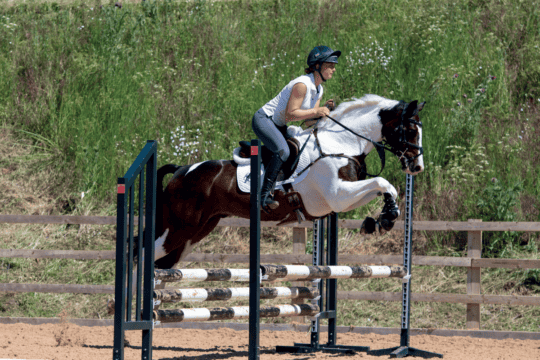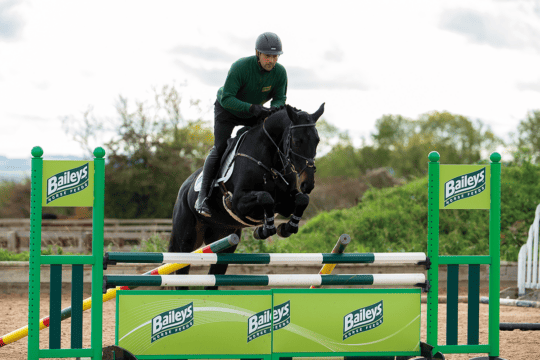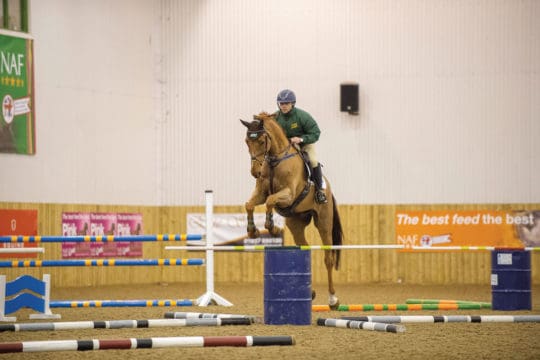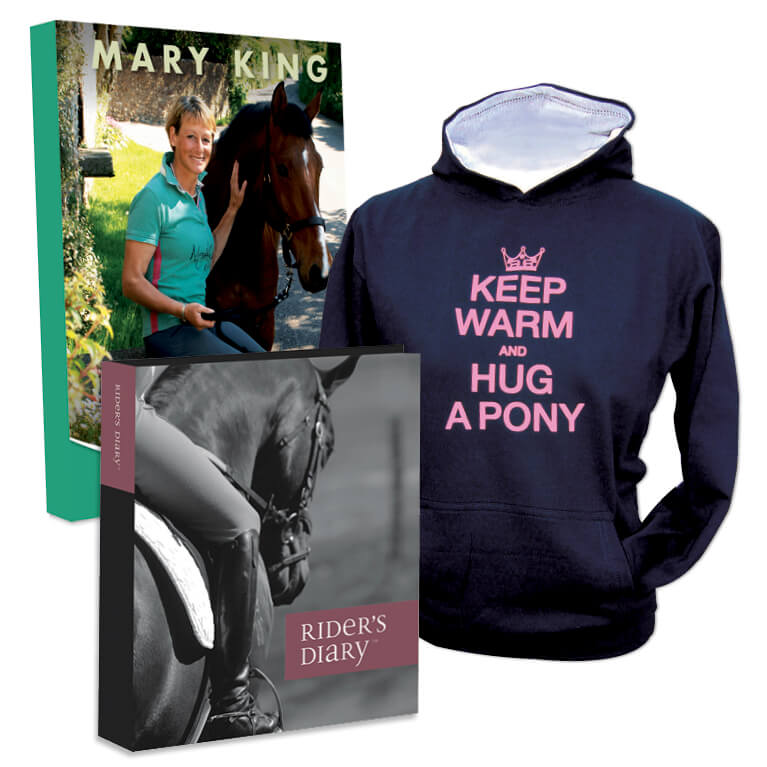-
Riding Schooling and Training
-
Health and Veterinary
-
Management
-
Mind Matters
-
Buying and Selling
-
Insurance Advice
FAQs
Not every horse is born careful. However, with a few training tools, you can make him super-attentive. Showjumper Anna Power explains
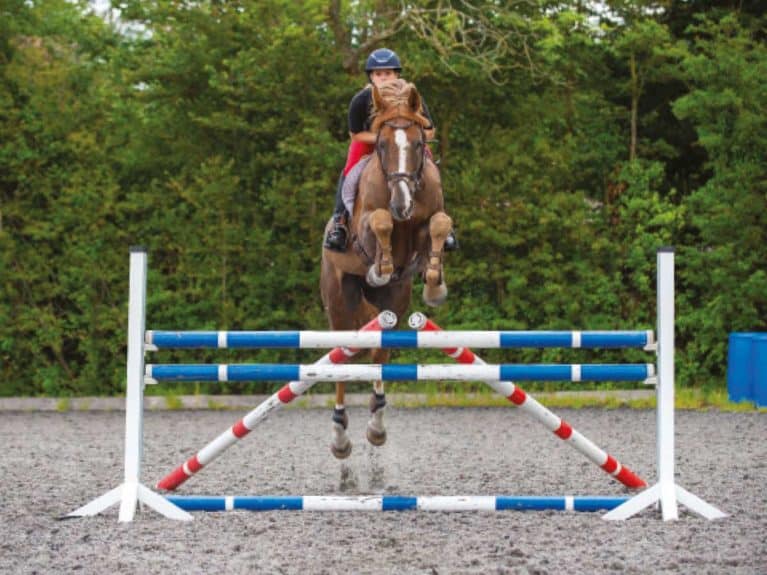
No scope, no hope – it’s a phrase most riders are familiar with. We all want a careful jumper who tackles his fences with plenty of power, tucks up his knees and gives the top rail plenty of clearance, but this isn’t something that comes naturally to all horses.
If your horse is already tidy over fences and finds it easy to stay on task and listen to you, count yourself lucky. Equally, don’t despair if he’s prone to the odd knock. Carefulness is a skill you can train with a few handy schooling techniques and, it all starts on the flat.
Targeted training
Often, a horse who isn’t careful doesn’t just knock fences – there are other tell-tale signs in his way of going, too. This means you can work on your horse’s carefulness from a number of angles, and not just over fences.
A careless horse might also be one who struggles with…
- concentration
- confidence
- forwardness
- strength and balance
- jumping technique
Many of these pitfalls can – and should – be addressed on the flat first and, as such, can be added to your pre-jump warm-up.
Think for yourself
I always like to encourage self-carriage in the warm-up, and ride with soft hands so that I don’t prop my horse up. Self-carriage means your horse has to work that little bit harder to support himself, so taps into building strength and balance, but it encourages him to think for himself, too. If he’s not leaning on you, he’ll have to concentrate on working more independently and under his own steam.
Make the most of it
When you’re out and about, you might see horses working in an impressive, uphill frame that looks really powerful and well-established. This kind of outline is the product of careful training and, while there are always things you can do to improve your horse’s way of going, horses are individuals and factors such as their conformation and natural ability have roles to play in the way they’re able to work, too.
When you’re training your horse, whether for carefulness or another area, you need to consider his strengths and weaknesses. There will be things he finds easy and others that don’t come as quickly or as naturally to him, so it’s up to you to tailor his training to work with, not against, his natural ability.
Say, for argument’s sake, you were working on transitions to strengthen him up. If he finds it easier to go in a long, low frame, start there. Once he’s performing push-button transitions with forwardness and balance, then you can start to pick him up and gradually encourage the development of that more uphill frame.
Exercise One: On and back
Transitions within canter, where you ask your horse to lengthen and shorten his stride, encourage him to be in front of your leg and also direct his concentration to your aids. Adjusting the canter also means you have control of your horse’s hocks to add power when you need it…
Establish a quality working canter. Lighten your seat to allow movement under the saddle, accommodating the lengthening stride. Keep him between your hand and leg, with his core and hindquarters working, ensuring you don’t throw the contact away.
After a few strides, shift your balance back to a more central position and engage your core muscles to ask him to shorten. You don’t necessarily need to deepen your seat, as this can squash the energy you created when opening up your horse’s stride, although you may have to at first so he understands what you’re asking. You may also need to ride a half-halt initially to get the desired response.
Repeat on both reins until you feel you’re getting a more rapid response and he’s offering you two distinctly different canters.
TOP TIP
Creating a careful jumper means building up slowly on the flat. If your horse isn’t balanced in trot, he won’t be in canter, so how is he going to clear a fence? Don’t be too hard on yourself or your horse – if you aren’t getting the results you want, take things back to basics on the flat, rather than complicating it with a fence.
Tactical training
Your horse’s jumping technique is another cornerstone of carefulness. He needs to get up in the air and fold his legs neatly to clear a fence. Working on carefulness over a single fence is ideal for boosting his confidence and these simple hacks will help you to encourage correct technique and accuracy…
use a groundline A big, bright and colourful ground pole positioned at the base of the fence helps get your horse in the air. He’ll come up better through his shoulders and avoid clipping the top rail with a foreleg
use close poles Rather than building an upright fence with a single pole, or with a couple of poles spaced well apart, use a second pole just a couple of holes down from the top one. This gives your horse a much clearer point to focus on and will encourage him to make the height
Exercise Two: V poles
A tried-and-tested training tool, v poles help keep your horse straight, focus his attention on the fence and encourage him to make a good shape over it, because the poles create a narrow space and push him up into the air. To use v poles…
- Place two poles on the top rail of the fence in an upside-down v-shape.
- Once you’ve warmed up over a crosspole, approach the upright. Keep the poles fairly wide apart at first, more like a u-shape. This makes them more inviting to your horse, and you can then work towards a narrower v-shape as he relaxes.
- Experiment with fence height and v pole width to work out how to optimise your horse’s jump – once you’re happy with the feeling he’s giving you over the fence, that’s as narrow as the poles need to be.
TOP TIP
As the fences get higher, remember to pull the groundline out to encourage your horse to stand off the fence and make a quality shape.
Keep it achievable
Once you feel your horse is jumping better, it can be tempting to push for perfection, but that takes time. Enter your schooling sessions with a goal in mind – something you’ll be able to achieve in 20–30 minutes. Play to your horse’s strengths, and allow him to blossom. That way you’re setting yourself up for success, and anything else you achieve on top of it is just an, extra bonus.




